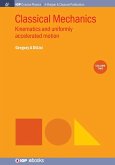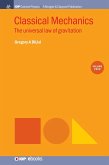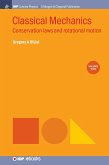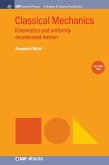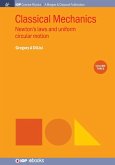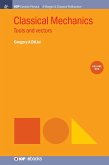Classical Mechanics teaches readers how to solve physics problems; in other words, how to put math and physics together to obtain a numerical or algebraic result and then interpret these results physically. These skills are important and will be needed in more advanced science and engineering courses. However, more important than developing problem-solving skills and physical-interpretation skills, the main purpose of this multi-volume series is to survey the basic concepts of classical mechanics and to provide the reader with a solid understanding of the foundational content knowledge of classical mechanics. Classical Mechanics: Newton's Laws and Uniform Circular Motion focuses on the question: 'Why does an object move?'. To answer that question, we turn to Isaac Newton. The hallmark of any good introductory physics series is its treatment of Newton's laws of motion. These laws are difficult concepts for most readers for a number of reasons: they have a reputation as being difficult concepts; they require the mastery of multiple sub-skills; and problems involving these laws can be cast in a variety of formats.
Hinweis: Dieser Artikel kann nur an eine deutsche Lieferadresse ausgeliefert werden.
Hinweis: Dieser Artikel kann nur an eine deutsche Lieferadresse ausgeliefert werden.


